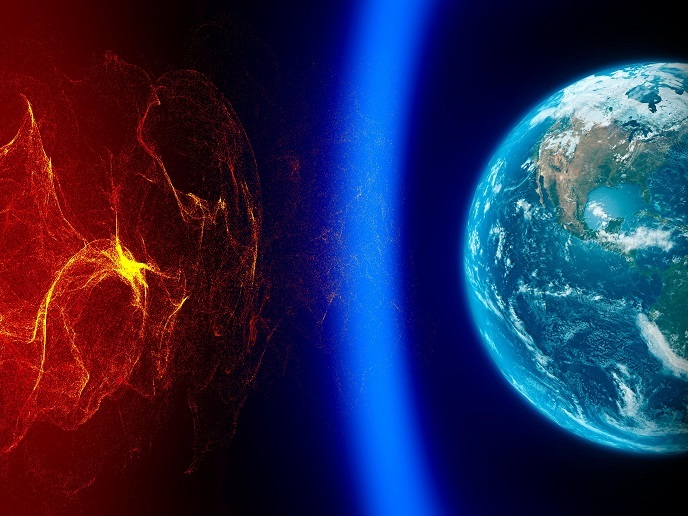Making it easier to build robots for space
This kind of software includes tools to build robotic applications together with the middleware that sits between systems and allows them to communicate with each other, just as internet Protocol enables computers to talk to each other via the Internet. While people wishing to develop applications for terrestrial use have several software frameworks to choose from, until now there were few available for building apps for space. Based on open source technology, the ESROCOS(opens in new window) project, aims to be the first software framework for space robotics that positively encourages others to use it for building applications, thereby creating an ecosystem of reusable components. Advantages of open source One of the big benefits of using a standard form of software is that it allows software built by different organisations to talk to each other and create more complex systems, according to Mr Miguel Muñoz, ESROCOS project coordinator and software engineer at GMV Aerospace and Defence in Madrid. “If you are an expert in building robots with wheels and know a university that is good at robotic arms, when the software is open source you can put the two together and build a robot with both – you can develop in areas in which you are not an expert and others can benefit from your work,” he says. The team developed the framework during 2017-2018, then validated it in three test scenarios – exploring planets, servicing satellites while in orbit and working in a nuclear environment – at the International Thermonuclear Experimental Reactor robotics test facility at VTT in Finland. “Because of the risks from radiation, nuclear facilities are a good candidate for using robots,” says Muñoz, “as in space, the radiation affects the electronics so systems must be able to withstand this.” Enabling the future Rather than building autonomous systems, the aim was to demonstrate that the software is fit-for-purpose and can act as one of the building blocks for the future development of space robotics as part of a broader European strategic research cluster(opens in new window). “We can’t say we will control the robot that will explore Mars, what we can say is we will provide a building block that makes it possible,” says Muñoz. The ESROCOS framework provides advanced modelling capabilities, which means developers can spot errors in their systems at an early stage, something which is common in other domains of software but still rare in robotics. It also offers flexibility: the current version integrates four technologies, including road-tested ones such as TASTE and Time and Space Partitioning. It also offers two new ones: BIP tools and kin-gen which are straight from the lab. By being open source, it also avoids the need to depend on proprietary components. True to with the principles of open source, the ESROCOS source code(opens in new window) has been made available for other developers to use. Members of the ESROCOS team are now developing the system further by taking it from the demonstration phase to real life projects under the second round of activities of the strategic research cluster. While the ESROCOS system is still at an early stage, “we hope people will contribute to this framework by improving it and by producing other open source tools which will work within ESROCOS,” says Muñoz.







